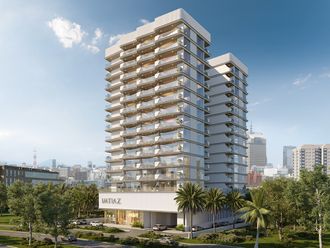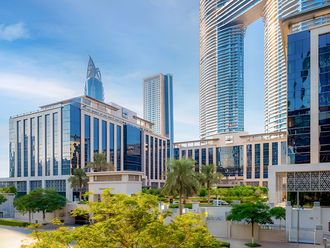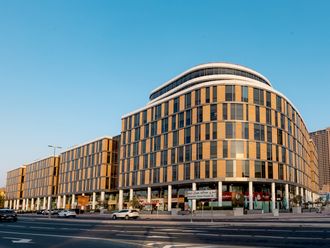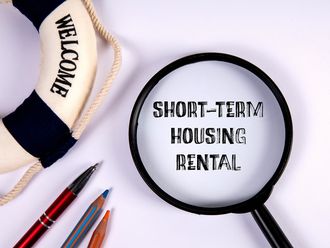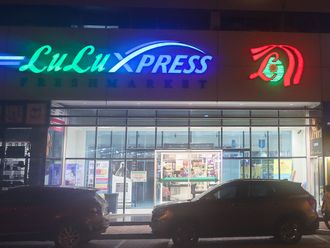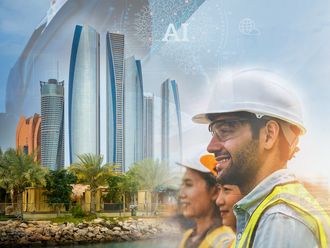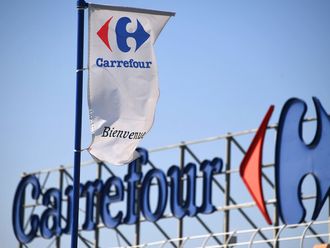
The UAE government has taken many initiatives to promote green buildings in the country and a number of projects are currently awaiting LEED (Leadership in Energy and Environmental Design) accreditation, an internationally recognised green building certification.
Prime Residency I in International City, developed by Prescott Investments, has become the first residential development in Dubai to be awarded the LEED Silver certification, according to Middle East Centre for Sustainable Development, an organisation that promotes green building in the region.
"Our other project, Prime Residency II, has already been awarded LEED Gold certification and the certificate will be delivered to us soon," says Mohammad Shafi, managing director, Prescott Investments. The two buildings are currently managed by Pacific Owners Association Management Services.
LEED is a voluntary, consensus-based programme developed by the US Green Building Council for developing high-performance, sustainable buildings. The LEED accreditation is one of many that can be sought by developers in Dubai.
Shafi says the company began the construction of Prime Residency I at a time when the Dubai Government was actively promoting green buildings in the emirate. "With the onset of the recession, most, if not all, developers dropped the idea of building green buildings," he says, adding that despite the downturn in the market, Prescott decided to go ahead with the construction. The project was completed in March and the building received LEED Silver accreditation in June.
The company's general manager Naveed Faridi says in today's market, the value of the building will increase. "We have directly passed on to the customers the long-term advantages of a green building," he says.
Green elements
Prime Residency I is a four-storey structure with 41 apartments on each floor. This freehold development was designed with Spanish-style architecture, has a contemporary living environment and a landscaped garden.
The developer incorporated energy-efficient measures that helped the building achieve LEED certification. It features highly insulated mass walls, optimised glazing, efficient lighting and HVAC (heat, ventilation and air conditioning) systems.
Prescott has also developed and implemented an indoor air quality management system for the building. "We have installed an air flow monitoring device for mechanical ventilation to monitor fresh air. The building also has sensors to monitor the concentration of carbon dioxide in the densely occupied spaces," Shafi says.
Building finish materials that do not emit hazardous gases were used and all shared occupant spaces are equipped with lighting and thermal controllability. Most of the materials used in the construction of the building were sourced in the region and it has dedicated areas for the collection and storage of recycling materials.
Benefits
17.5% savings on energy use
35.4% savings on water use
20.9% materials from recycled content
43.9% regional material use
Source: Middle East Centre for Sustainable Development


